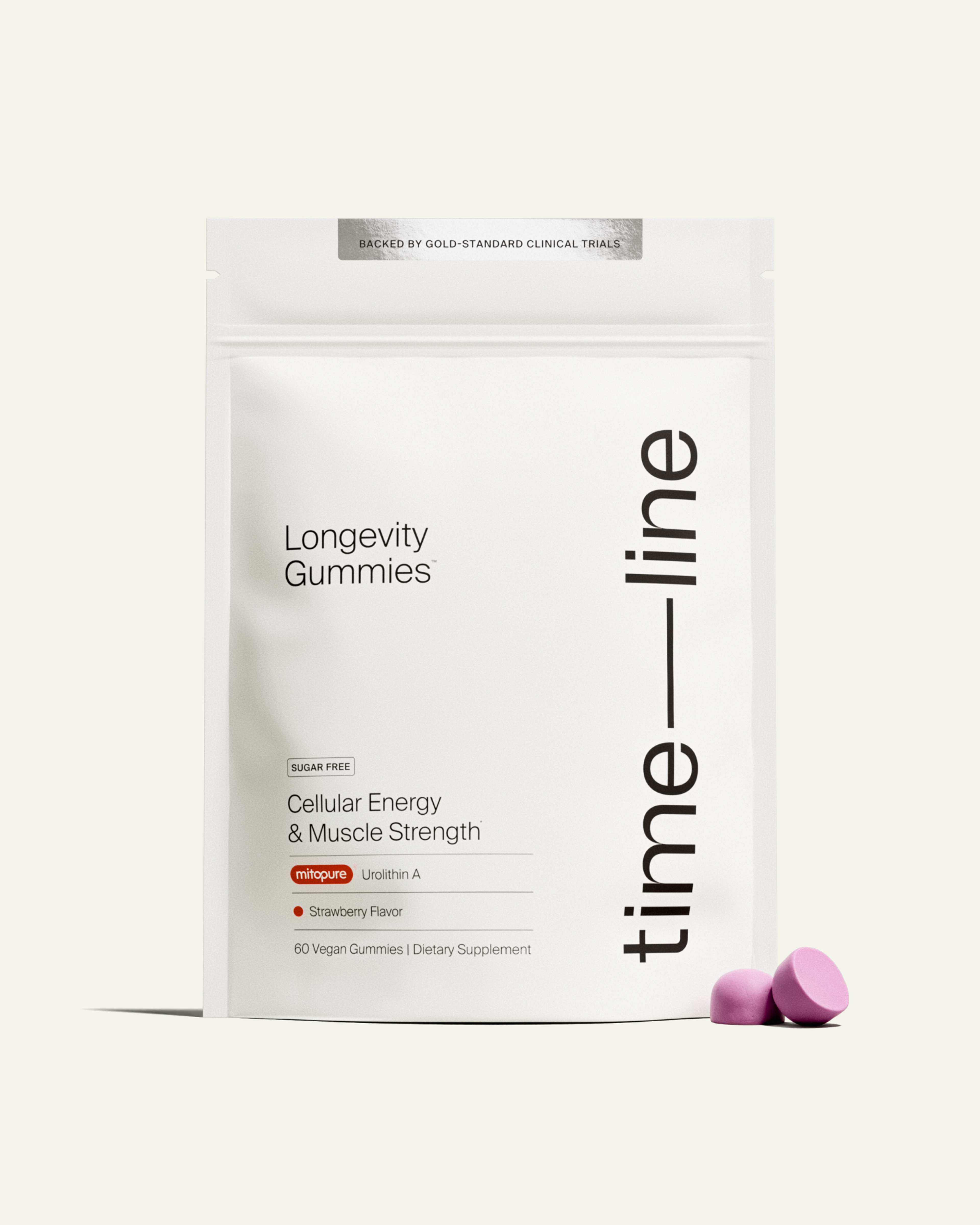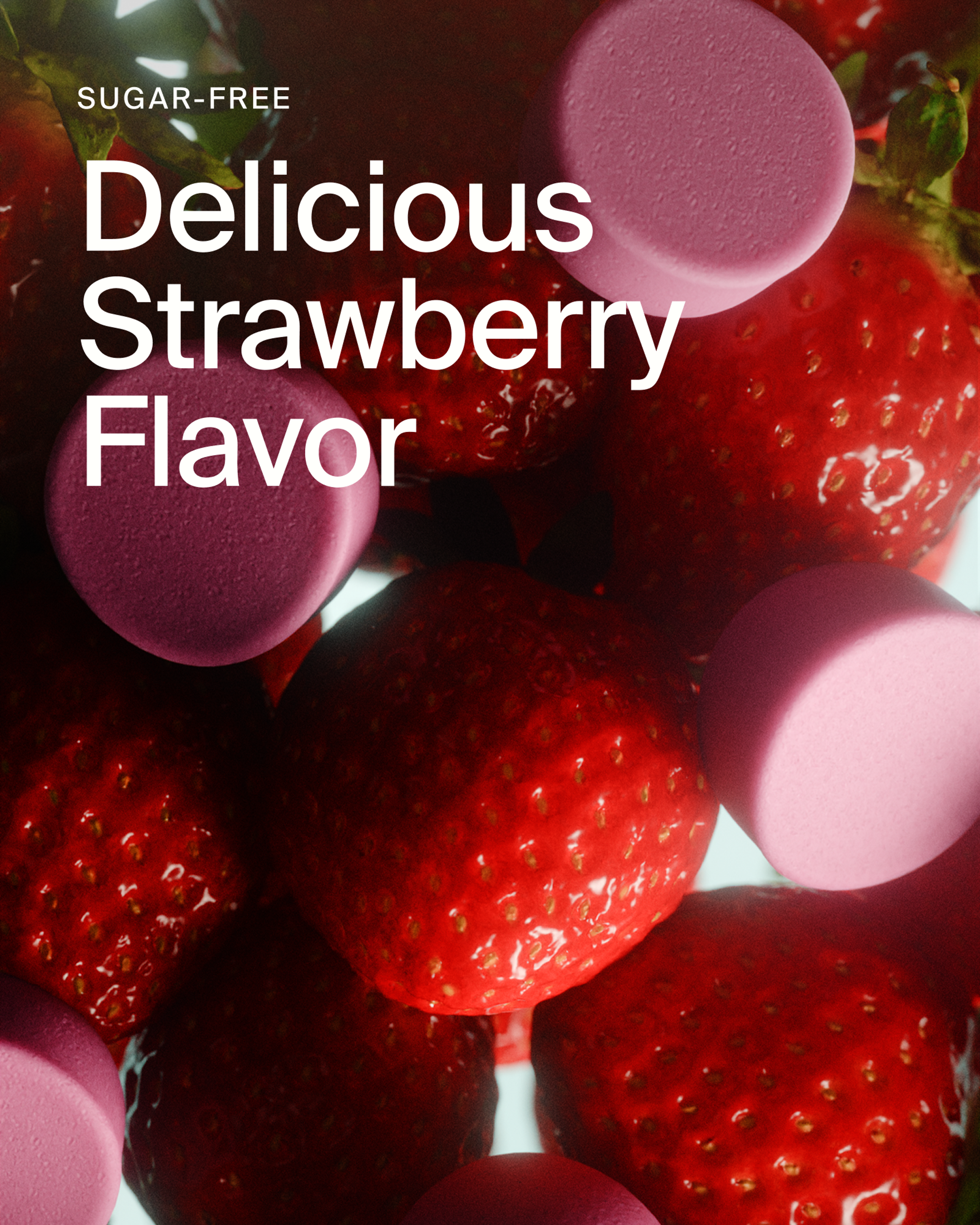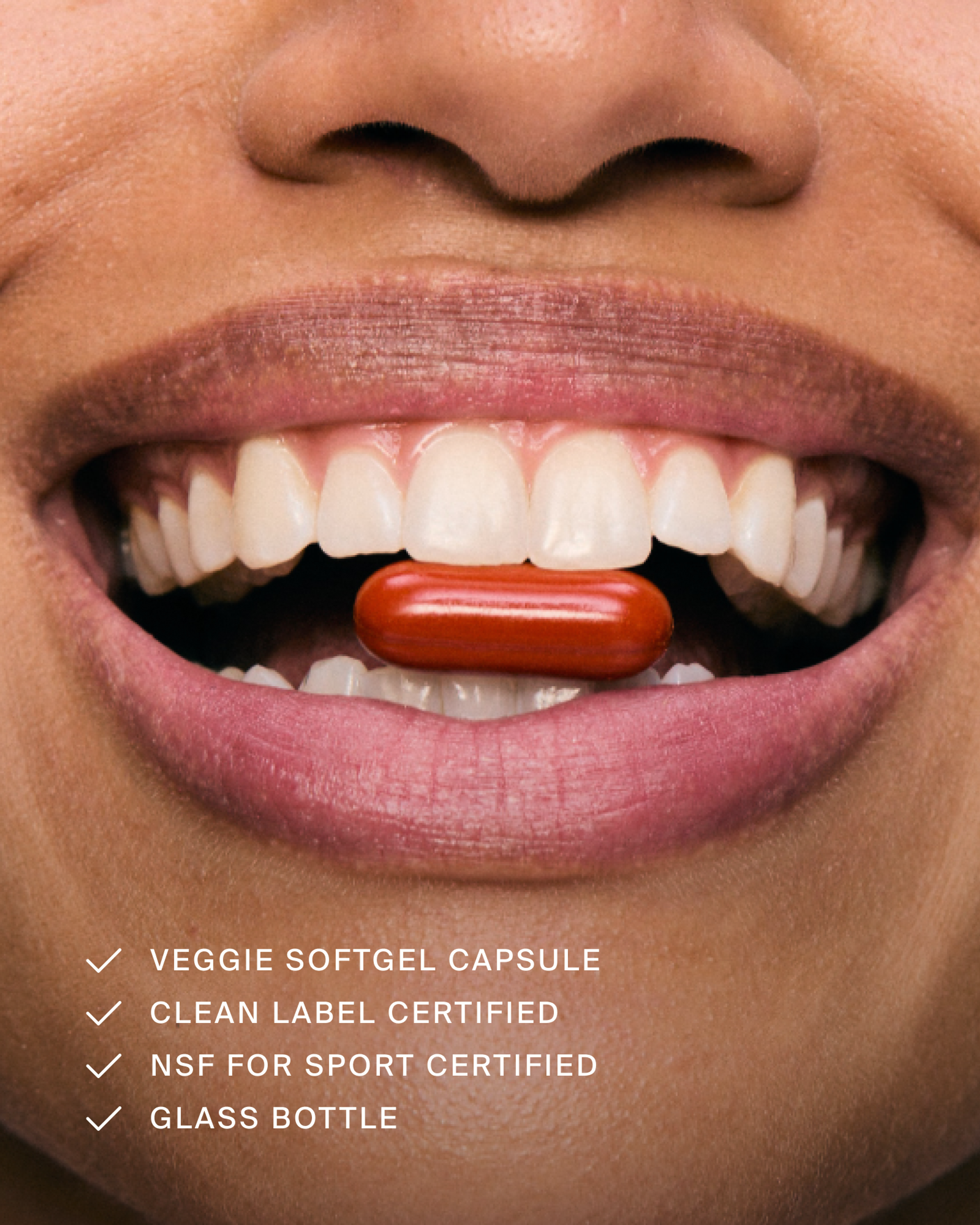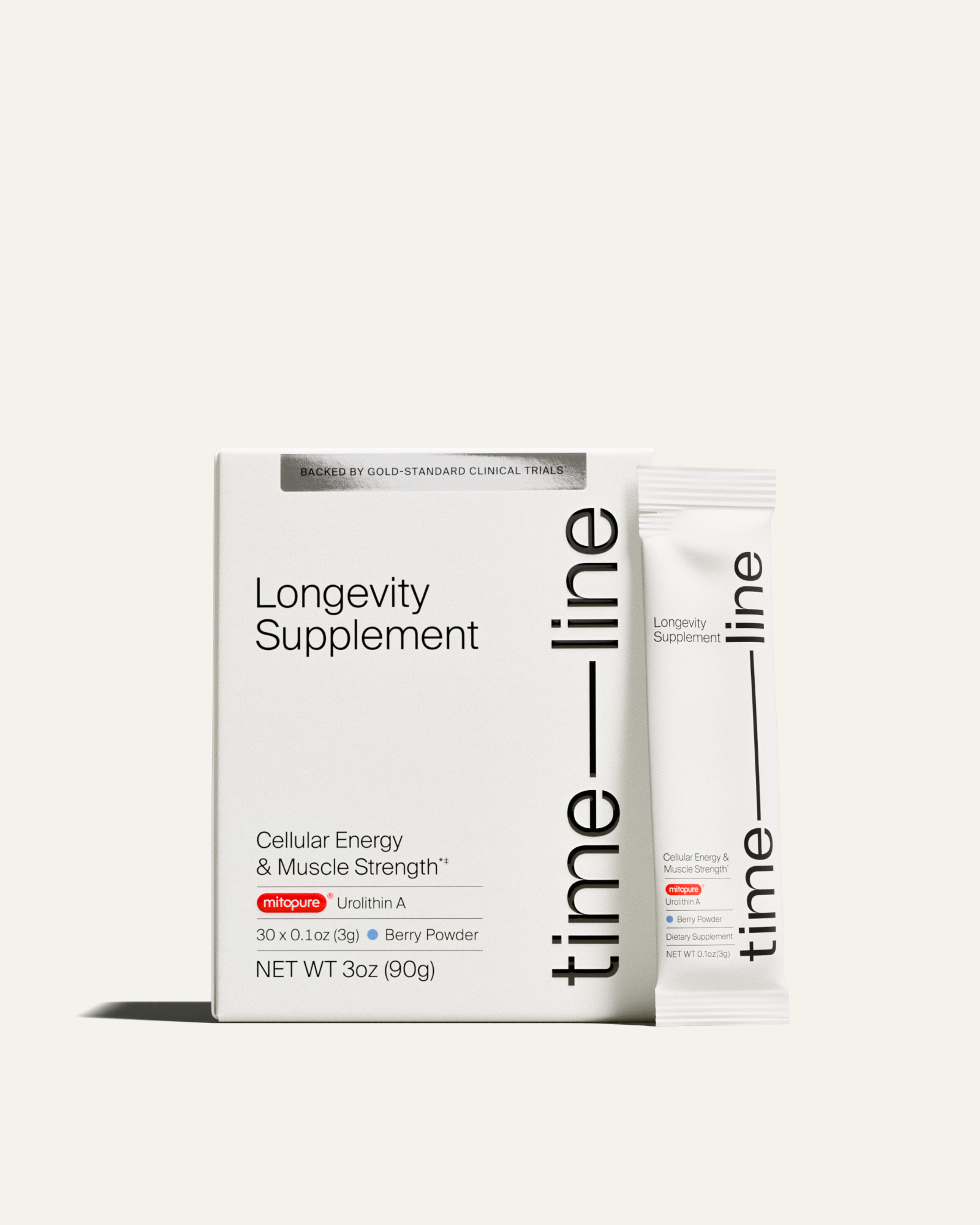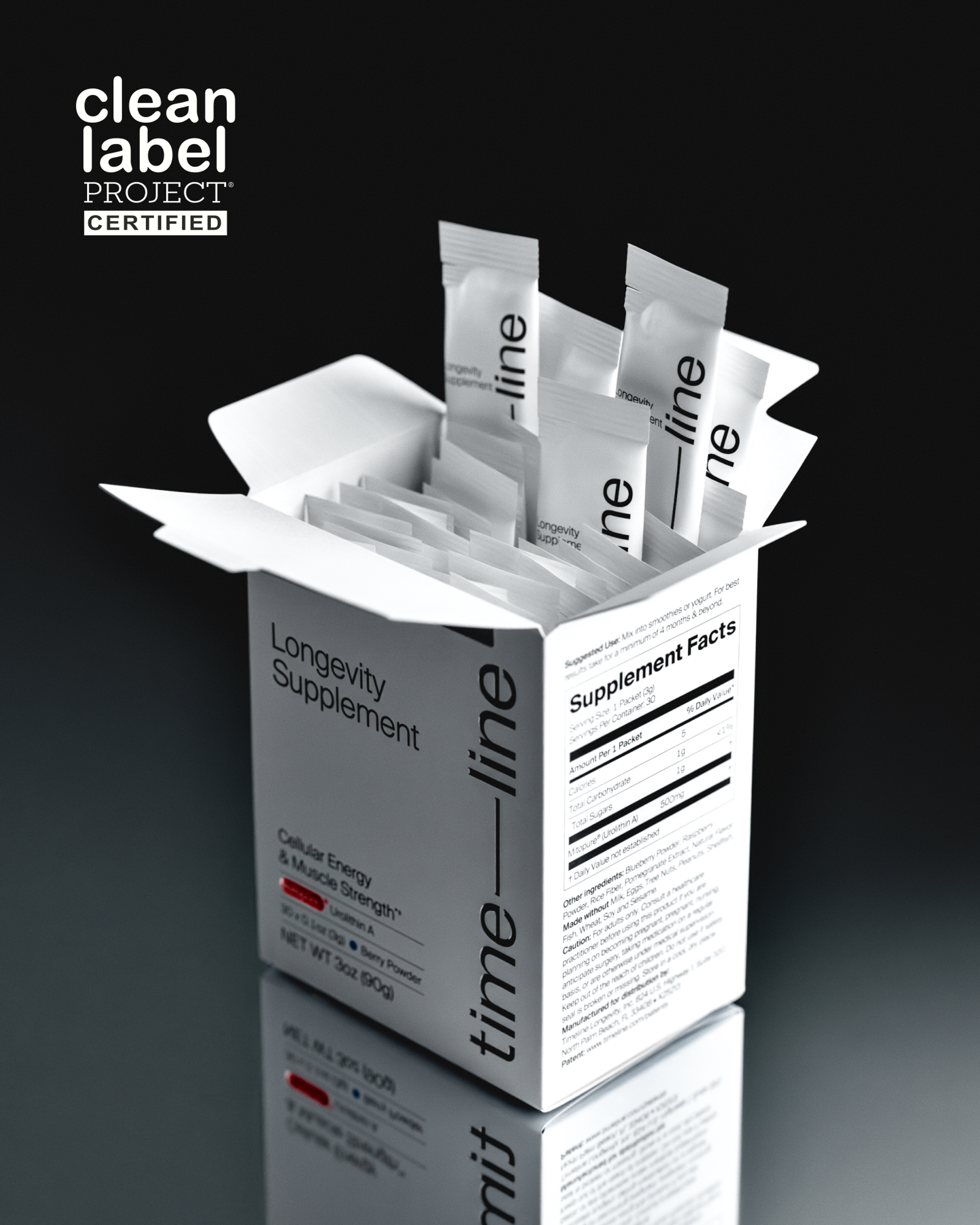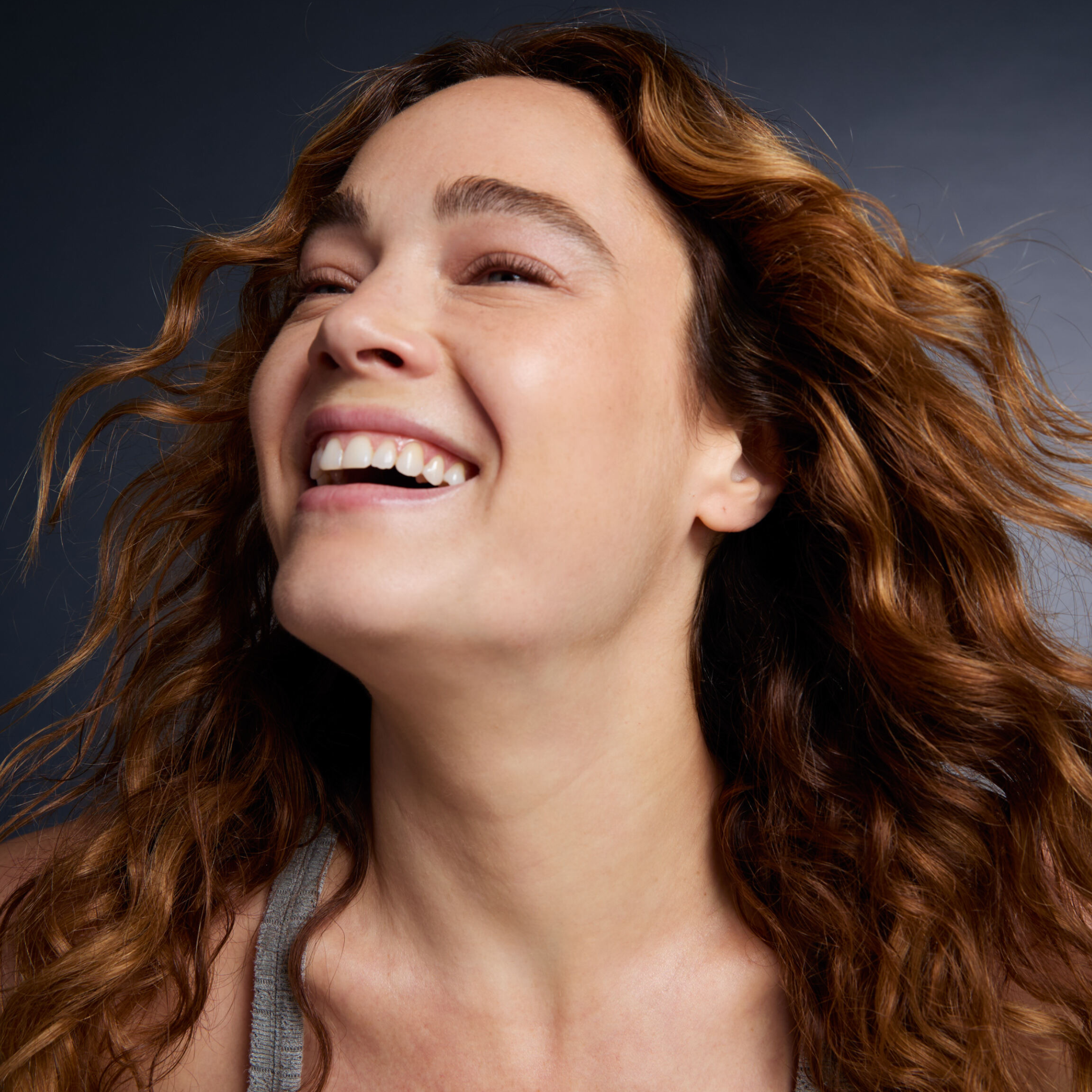VO2 max and longevity – Optimizing your healthspan
Discover why VO2 max is a key biomarker for longevity and healthspan. Learn what it is, how to measure it, and the best ways you can improve it.
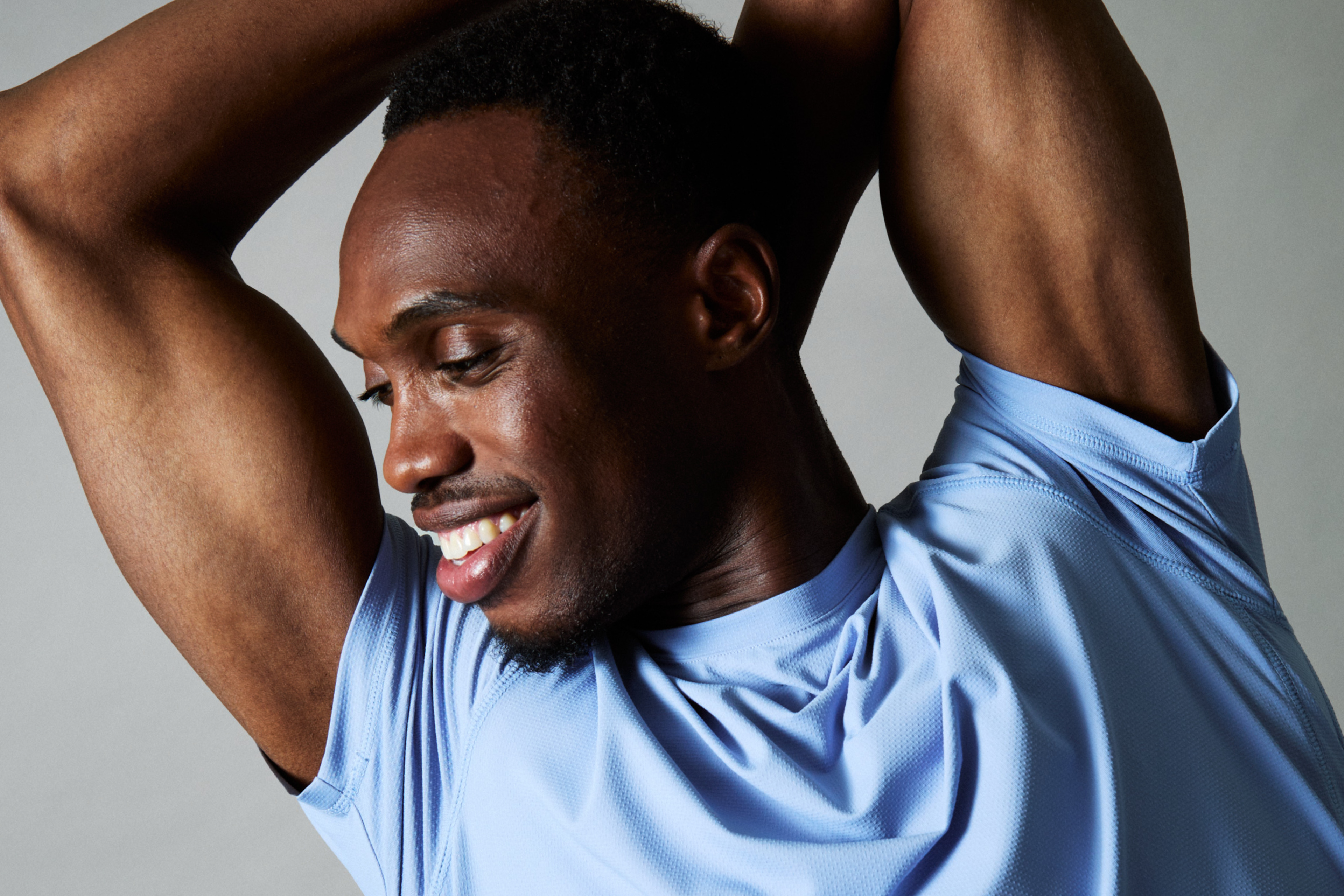
What to know
Your aerobic capacity, or VO2 max, is one of the best biomarkers of both your current fitness and projected longevity.
Simply put, your VO2 max is how much oxygen your body can utilize during exercise. The higher it is, the more fit you are.
You can monitor changes in your VO2 max over time very easily with a smartwatch.
The best ways to improve your VO2 max are to train your cardiovascular system, optimize your diet, and utilize mitochondrial supplements like Mitopure.
We all have a life span, which is the oldest age we can reach. But quality of life and length of life don’t mean the same thing. Healthspan is a measure of the quality of the years you live - free from disease and illness.
You may be wondering how you can tell if you are on track to have a long healthspan, and if there are any ways you can measure it. Turns out, you can. Two biomarkers that are getting a lot of attention for their ability to predict longevity: muscle strength and aerobic capacity.
- Muscle strength is a measure of how much force your muscles can exert, or how much mass you can move.
- VO2 max is a measure your aerobic capacity. It measures how much oxygen your body can use during exercise.
While many people associate these markers with athletic performance, experts are increasingly viewing them as indicators of longevity and healthspan. The good news is that both of these longevity markers are measurable and modifiable with the right type of exercise.
Although it's important to train for both strength and endurance, this article will focus on VO2 max. We'll explore what VO2 max is, how to measure it, and ways to improve it to help you optimize your longevity.
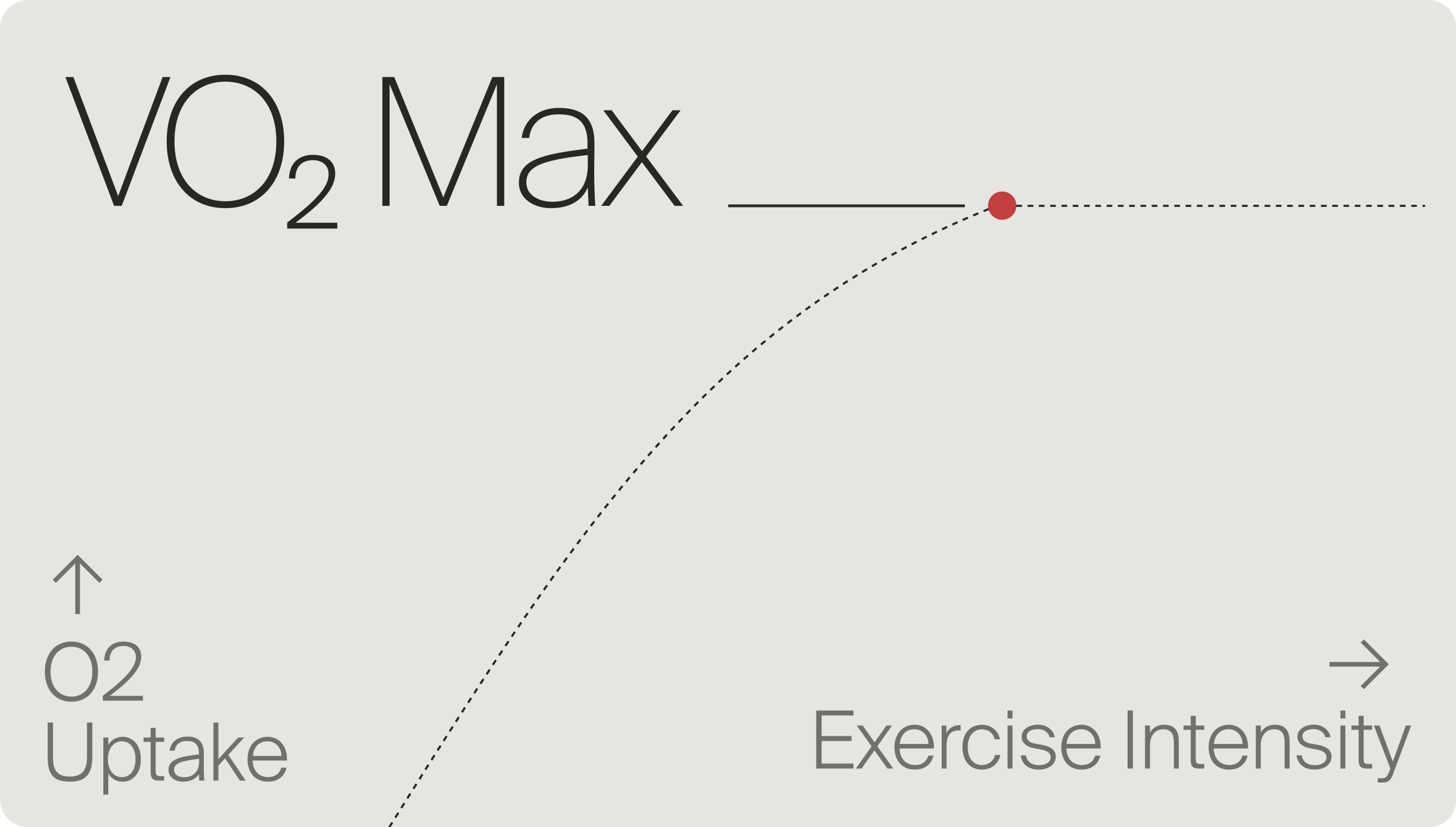
What is VO2 max?
Aerobic capacity is also called VO2 max, and it is the rate at which oxygen is used by our muscles during exercise. It is written as “amount of oxygen consumed per kilogram of body weight per minute” or ml/kg/min.
Body weight is factored in here because it helps to account for the differences between people's sizes. The amount of oxygen used by a 60 kg person is different from that used by an 80 kg person because the larger individual likely has larger lungs, more muscle mass, and other physiological differences. Factoring in body weight ensures that the comparison fairly accounts for these differences.
How your body uses oxygen
How your muscles use oxygen may seem complicated, so let’s break it down.
- When you breathe in, your lungs receive the air and pass the oxygen to your bloodstream. Your red blood cells then transport that oxygen to all the tissues that need it—your brain, heart, organs, muscles, etc.
- Once the oxygen reaches those tissues, your mitochondria use it to create the energy necessary to keep all your systems running optimally.
- When you start exercising, your muscles require more oxygen to do the extra work you’re asking them to do.
- Your breathing rate increases to bring in more air, and your mitochondria go into overdrive to produce more energy.
- Eventually, your muscles will reach the capacity of oxygen that they can process, which is your VO2 max.
The higher your VO2 max, the more aerobically fit you are.
Another view into VO2 max
If you were a car, then VO2 max would be the size of your engine. The larger your engine, the more fuel you can utilize and the longer you can drive. So, a higher VO2 max indicates a higher ability to utilize oxygen and a higher level of fitness.
Ultimately, the longer you can stay strong and cardiovascularly fit, the longer your healthspan.
How is VO2 max associated with longevity?
Unfortunately, VO2 max declines as we age, at a rate of about 10% per decade after the age of 25[1]. This is caused by many factors associated with aging, such as decreased heart rate, decreased lean body mass, and a general reduction in physical activity.
Researchers have shown cardiorespiratory fitness is inversely associated with all-cause mortality,[2] meaning that as fitness goes down, the risk of dying from any cause goes up.
So, focusing on your VO2 max now may help to extend both your healthspan and lifespan.
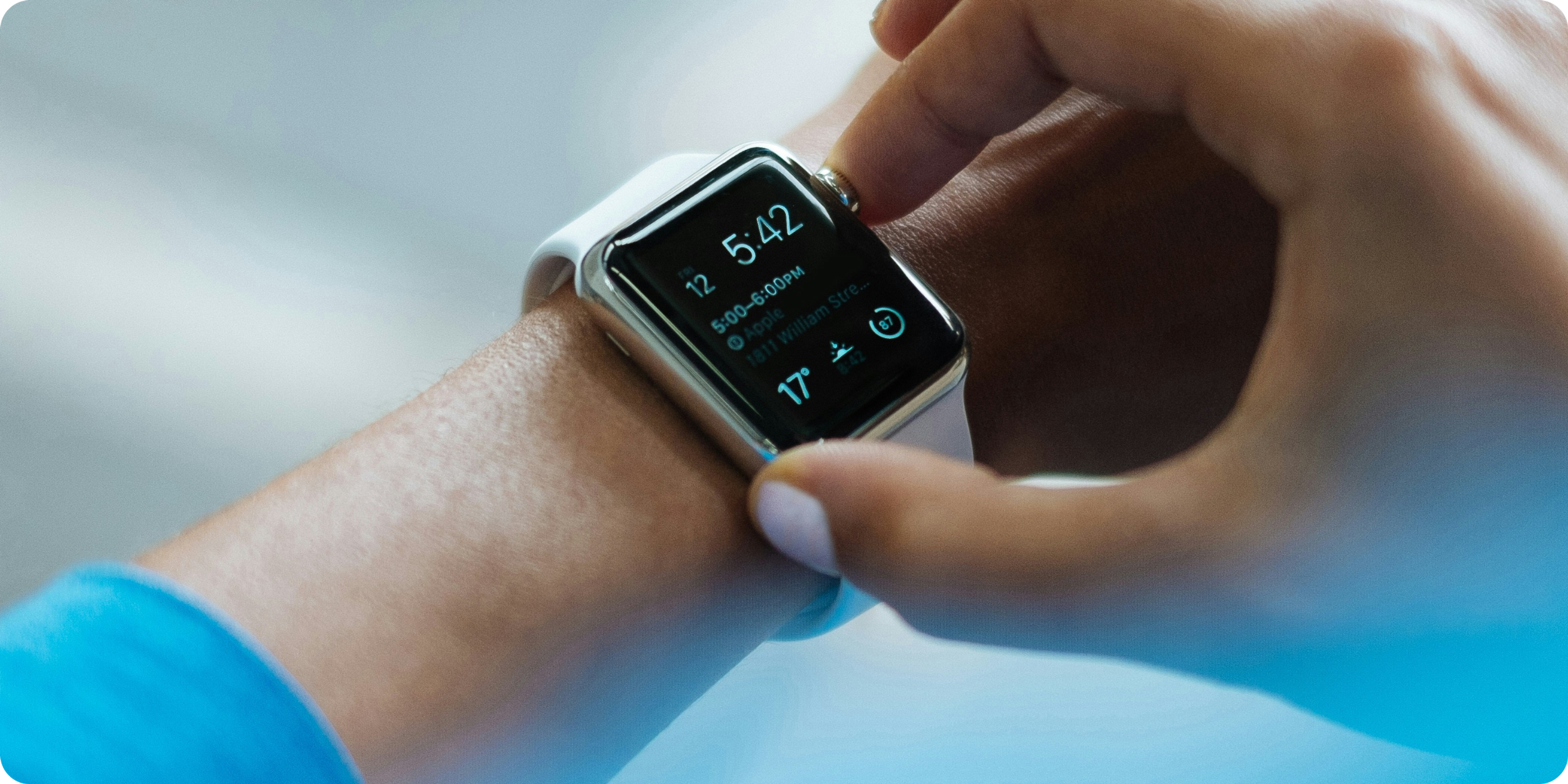
How can I measure my VO2 max?
One reason why V02 max is such a helpful measurement is that it can easily be estimated at home with the right tools.
A precise measurement of your VO2 max requires a laboratory and expensive equipment, which is not an option for most of us. Luckily, VO2 max can also be estimated using health metrics like heart rate, body weight, and age.[3] Additionally, most smartwatches offer a VO2 max estimation as part of the profile you set up.
Although researchers have shown that these smartwatch estimations are not perfectly accurate compared to true measurements done in a lab, they can still be useful for tracking changes and trends in your VO2 max. For example, if you begin training and your smartwatch says your VO2 max has increased, then that is likely a true increase!

Source: Cooper Institute
What is a good VO2 max?
In simplest terms, the higher your VO2 max, the better. However, it helps to know where your current VO2 max stands compared to people of the same sex and age group. The Cooper Institute in Texas compiled decades' worth of data to create some norms for VO2 max categories. The table above can help determine what a healthy VO2 max is for you.
How can I increase my VO2 max?
The best ways to increase your VO2 max are:
1. Train your cardiovascular system
2. Use your diet as a tool for health
3. Optimize the health of your mitochondria
Train your cardiovascular system
When it comes to training your cardiovascular system, you should focus on improving your endurance and increasing your stamina.
The best way to improve VO2 max is to incorporate multiple styles of aerobic training, such as high-intensity interval training (HIIT) that will push your heart rate up combined with longer endurance training that keeps you at a lower heart rate so you can work out for a longer duration. If your current training regimen only focuses on one of those styles, try mixing in the other to challenge your cardiovascular system.
Eating for VO2 max
Nutrition will also impact your VO2 max for several reasons. Diet influences your body weight, the amount of muscle you have, and how you recover from exercise. Using diet as a tool, you can build muscle and reduce body fat, which will help improve your fitness. You will also want to use nutrition to recover from your training, which includes incorporating anti-oxidant-rich foods to optimize muscle recovery.
VO2 max and mitochondria
An important aspect of cardiorespiratory fitness is keeping your mitochondria healthy since they are where oxygen is processed.
Supplements that target the health of your mitochondria, like Mitopure®, may be able to support your efforts to improve your VO2 max. Mitopure is a clinically validated, highly pure Urolithin A supplement proven to induce a mitochondrial recycling process called mitophagy.[4]
In a randomized controlled trial of middle-aged adults, those who supplemented with 1000mg of Mitopure for four months increased their estimated VO2 max by 14%, over baseline. While this was not a statistically significant difference from the placebo group, it was a meaningful positive trend. [5]It is important to know that these subjects were healthy, overweight, middle-aged adults, and there was no diet or exercise intervention; the only change to these subjects’ everyday routine was supplementing with Mitopure.

Mitopure Softgels
4.5 · 3734 reviews
The simplest form of Mitopure
Wrapping up
Your cardiorespiratory fitness, or VO2 max, is one of the best biomarkers to project your longevity. The more fit you are, the better your health span. Exercise training, appropriate diet, and optimizing your mitochondrial health using Mitopure may help improve your VO2 max.
Authors

PhD, RD CSSD

Reviewed by
Director Science Communications
References
- ↑
Hawkins S, Wiswell R. Rate and mechanism of maximal oxygen consumption decline with aging: implications for exercise training. Sports Med. 2003;33(12):877-88. doi: 10.2165/00007256-200333120-00002. PMID: 12974656.
- ↑
Mandsager K, Harb S, Cremer P, Phelan D, Nissen SE, Jaber W. Association of Cardiorespiratory Fitness With Long-term Mortality Among Adults Undergoing Exercise Treadmill Testing. JAMA Netw Open. 2018 Oct 5;1(6):e183605. doi: 10.1001/jamanetworkopen.2018.3605. PMID: 30646252; PMCID: PMC6324439.
- ↑
Koutlianos N, Dimitros E, Metaxas T, Cansiz M, Deligiannis A, Kouidi E. Indirect estimation of VO2max in athletes by ACSM's equation: valid or not? Hippokratia. 2013 Apr;17(2):136-40. PMID: 24376318; PMCID: PMC3743617.
- ↑
Andreux, P.A., Blanco-Bose, W., Ryu, D. et al. The mitophagy activator urolithin A is safe and induces a molecular signature of improved mitochondrial and cellular health in humans. Nat Metab 1, 595–603 (2019). https://doi.org/10.1038/s42255-019-0073-4
- ↑
Singh A, D'Amico D, Andreux PA, Fouassier AM, Blanco-Bose W, Evans M, Aebischer P, Auwerx J, Rinsch C. Urolithin A improves muscle strength, exercise performance, and biomarkers of mitochondrial health in a randomized trial in middle-aged adults. Cell Rep Med. 2022 May 17;3(5):100633. doi: 10.1016/j.xcrm.2022.100633. PMID: 35584623; PMCID: PMC9133463.
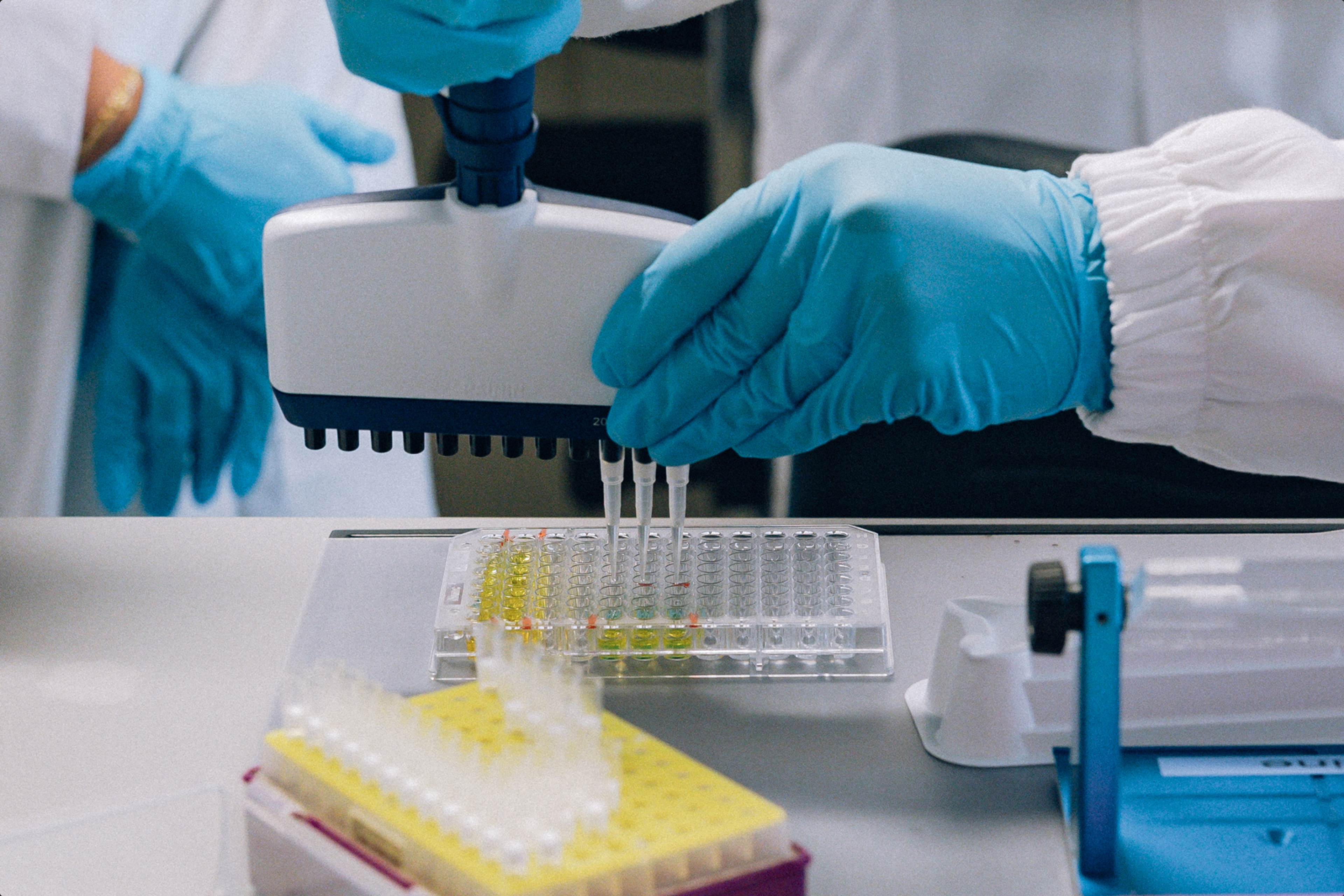
·
Nutrition·
Studies·
